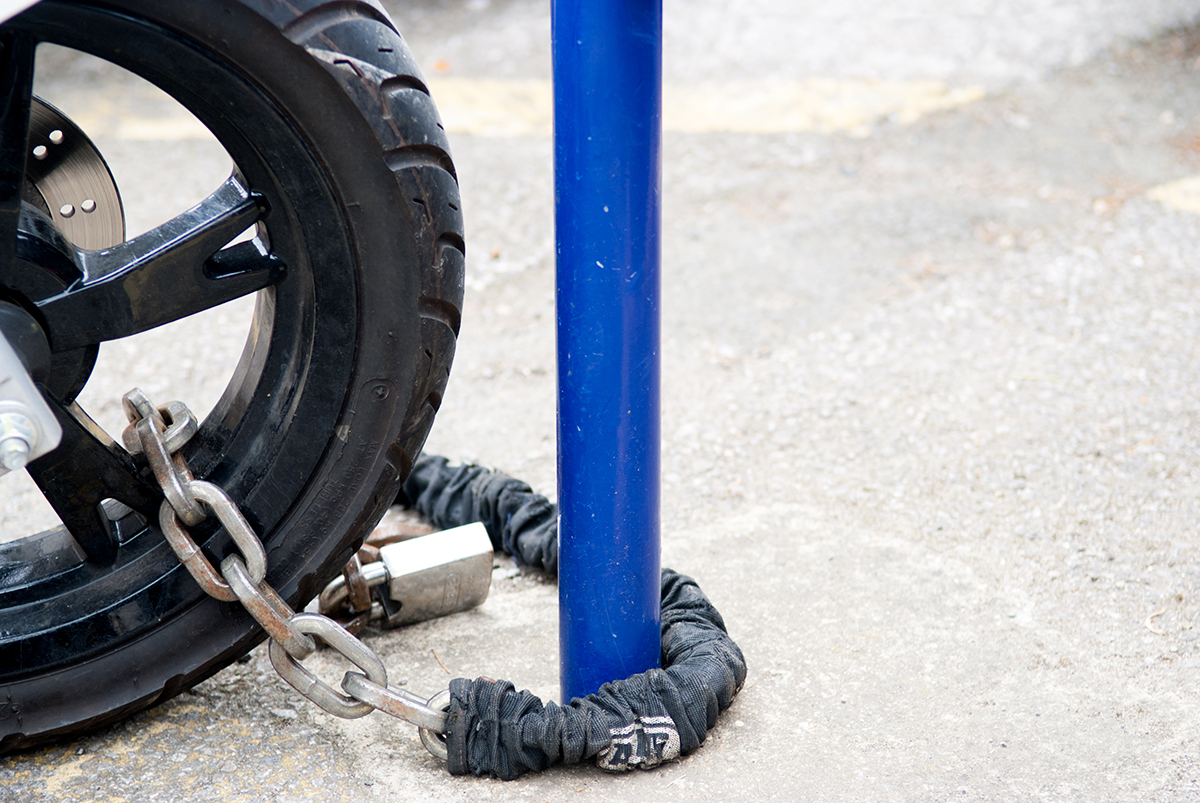Help them foster a healthy relationship with technology with these smartphone safety tips & tricks
A bill was just signed in Florida that will ban children under fourteen from having social media. It’s set to take effect in 2025, barring any legal obstacles.
In South Korea, schools teach children about internet addiction as early as elementary school. There are even treatment centers to help teenagers kick their smartphone dependency.
Whatever your general view of technology may be, good or bad, it’s no secret how strong its pull can be on kids. The younger they are, the easier it is for them to get hooked, and as a parent, how you dictate their relationship with technology can make all the difference.
Here’s how you can help your child start off on the right foot when it comes to smartphone safety and healthy phone use.
1. Introduce Them at the Right Time
If you haven’t already given your child a smartphone, there’s no concrete answer as to when the best time is to do so. But generally, the longer you wait, the better.
A ten-year-old likely won’t be able to fully grasp the consequences of excessive smartphone use. However, as their parent, you know your child better than anyone, so it’s crucial to consider their discipline and maturity level rather than their age alone.
If you feel they’re the right age, you’re confident they understand the risks, and they’re willing and able to follow the guidelines you set for them, then it’s likely a good time to go through with it.
2. Encourage Open Communication
This is arguably the most important aspect of smartphone safety. Healthy, honest communication is something you should establish from day one.
Talk to them about internet safety (protecting personal info, threats to watch out for, etc.), the rules and guidelines you’re giving them and why, and let them know they can come to you with any issues they run into online—no matter how scary or embarrassing they might be.
3. Set Limits on Screen Time
Too much screen time can wreak havoc on a child’s mental and physical well-being.
A 2019 systematic review found that excessive phone use is associated with feelings of insecurity, staying up late, parent-child and school relationship issues, behavioral addictions (gambling, compulsive buying, etc.), poor mood, anxiety, and behavioral problems.
That’s why establishing and consistently enforcing clear screen time limits is so important to smartphone safety. To prevent overuse, you can customize their smartphone’s built-in parental controls to your liking. However, these are often easy for your child to work around, as when they reach the time limit, the phone will give them the option to extend their time.
So, you may want to look into apps like AppBlock that provide stricter options for preventing app usage.
4. Restrict Certain Apps & Content Based on Their Age
The internet is full of content that isn’t suitable for young people. Using built-in restrictions and parental controls, you can limit what your child sees on their smartphone, preventing them from accessing age-inappropriate apps, websites, and social media.
As they grow and mature, you can revisit these restrictions and remove them when you feel the time is right.
5. Limit or Prohibit Social Media Use
Florida’s upcoming ban on social media for children under fourteen may sound extreme, but it’s not an unpopular idea. The negative impact these apps have on young people is supported by scientific research, and more states are bound to follow suit in an attempt to protect the mental health of American youth.
Social media opens kids up to negative social comparisons, self-esteem issues, cyberbullying, privacy concerns, and more. Delaying access to it is the best way to reduce these risks, but if your child already has access, then screen time limits and the other smartphone safety tips in this guide will be a big help.
6. Set Times & Places to Disconnect
Another way to help minimize screen time is to set specific times and areas at home where phone use is off-limits—even for adults. These can be at the dinner table, before bed, during family activities (dinner, movie night, game night, etc.) while playing outside, and more.
These screen-free zones will encourage your child to talk and play more with their siblings, relatives, friends, and of course, you, their parent.
7. Use Location Sharing Wisely
As a caring parent, it can be tempting to track your child’s every move, but this is another opportunity to build trust and teach them how to be independent. If you track them obsessively or without their knowledge, you may end up damaging your relationship with them.
To avoid this, set reasonable parameters around when you check in, like if they’re running an hour late without a heads-up, working a job that gets out late at night, or on a trip out of town.
Just be sure to tell them in advance what these situations are. And when they happen, let them know you’re checking in and that they can turn off tracking once they’re safe and sound.
That way, you give them the freedom and respect to have their own adventures. To be themselves and let their experiences be their experiences, good or bad. That’s what being young is all about, after all.
8. Don’t Just Talk the Talk
Children are a lot more perceptive than we give them credit for. They pick up on everything their parents do, including how they use their phones.
As a parent, it’s crucial to follow whatever smartphone rules you have at home in the same way you expect your child to. When you display responsible digital habits, you model smartphone safety for them, which can help them develop a healthy relationship with technology they can carry with them throughout life.
9. Set Them Up With a Smartphone Emergency Lifeline
Smartphone safety is continuously evolving. We’re at the point now where there are emergency apps with panic buttons, emergency contact notification systems, and other helpful functions.
The fastest and most reliable emergency app, Rescu, can dispatch first responders to a user’s current location via GPS technology with just two taps. Needless to say, an emergency lifeline like this can be a valuable source of peace of mind for parents when their children are out on their own.
Knowing your kid can get fast, accurate emergency assistance anywhere in the US within seconds and that you’ll be notified when they send for help will provide a sense of security you can’t put a price on.
If you’d like to learn more about the fastest way to get help in an emergency, check out our homepage, or use the buttons below to download Rescu today.





